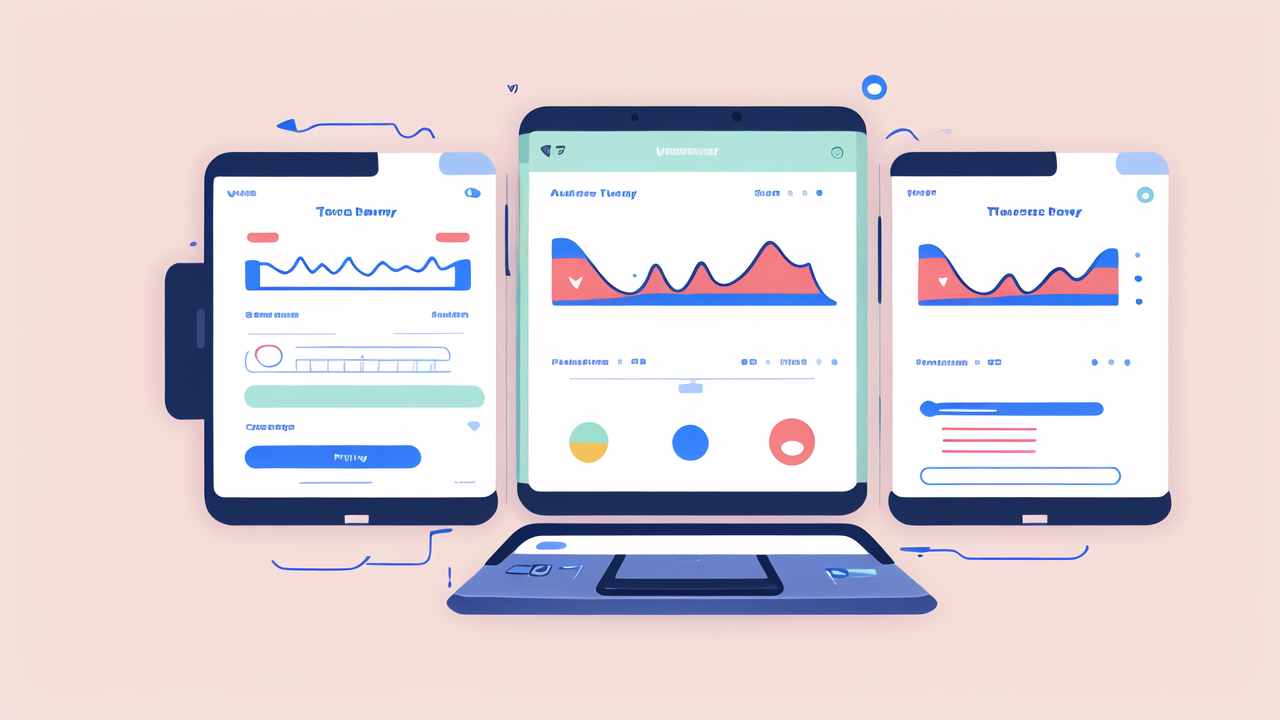Understanding the Market: The Rise of Fitness and Activity Tracking in the United States
The Advent of Wearable Technology in the Fitness Industry
Wearable tech has changed how we approach fitness. It started with simple pedometers. These devices counted steps and little else. But they sparked a revolution. Soon, more advanced trackers emerged. They could measure distance, calories burned, and even sleep patterns. This was just the beginning. The fitness industry saw huge potential in wearables. They offered a way to engage users and provide valuable data. Gyms started to incorporate them into their programs. Personal trainers used them to track client progress. The advent of wearables marked a new era in fitness. It made tracking health and activity easier than ever before.

Consumer Trends Driving the Growth of Activity Trackers
Several trends have fueled the growth of activity trackers. First, there's a growing focus on health and wellness. People want to take control of their fitness. Trackers provide an easy way to do this. Second, there's the rise of the "quantified self" movement. This is the idea of using data to improve oneself. Activity trackers fit perfectly into this trend. They provide constant data about our bodies and habits. Third, there's the increasing popularity of smart devices. People are comfortable with tech in their daily lives. Wearables feel like a natural extension of this. Lastly, social media has played a role. Many trackers allow users to share their progress online. This taps into our desire for connection and competition.
Market Analysis: The Leaders and Innovators in Fitness Wearables
The fitness wearables market has several key players. Fitbit was an early leader. They popularized the concept of step tracking. Apple entered the market with the Apple Watch. It quickly became a top seller. Garmin is known for its GPS-enabled devices. They're popular with runners and cyclists. Samsung offers a range of wearables that work with their phones. Xiaomi has found success with affordable trackers. These companies continue to innovate. They're adding new features and improving accuracy. The market is competitive, driving rapid advancements. Each brand has its strengths and target audience. As the market grows, we're likely to see more specialized devices emerge.
Technological Advancements: How Activity Trackers Have Changed
From Step Counters to Heart Rate Monitors: A History of Innovation
Activity trackers have come a long way. They started as simple step counters. Now, they're complex health monitors. The first big leap was adding heart rate tracking. This opened up new possibilities for fitness insights. Next came GPS integration. This allowed for accurate distance and route tracking. Sleep monitoring was another major addition. It helped users understand their rest patterns. Water resistance made trackers more versatile. Users could wear them while swimming or in the shower. Battery life improved dramatically. Early devices needed frequent charging. Now, many last a week or more. The latest trackers can measure blood oxygen levels. Some can even detect irregular heart rhythms. Each innovation has made trackers more useful and insightful.

The Role of AI and Machine Learning in Enhancing Activity Tracking
AI and machine learning have revolutionized activity tracking. These technologies make devices smarter and more accurate. They can recognize different types of activities automatically. For example, they can tell if you're running, cycling, or swimming. AI helps provide personalized insights and recommendations. It can analyze your patterns and suggest ways to improve. Machine learning algorithms get better over time. They learn from the data of millions of users. This improves accuracy and adds new capabilities. AI can also help detect potential health issues. It can spot unusual patterns that might indicate a problem. As these technologies advance, trackers will become even more powerful tools for health management.
Integration of Wearables with Health Systems and IoT
Wearables are becoming part of larger health ecosystems. Many can now sync with electronic health records. This allows doctors to access valuable patient data. Some hospitals use wearables to monitor patients remotely. This can improve care and reduce hospital stays. Wearables are also connecting to smart home devices. They can adjust your thermostat based on your activity level. Or turn on lights when you wake up. Fitness apps can use wearable data to create better workout plans. Food tracking apps can suggest meals based on your activity. As the Internet of Things grows, so do the possibilities for wearables. They're becoming central hubs for our health and home data.
The Future of Fitness: Predictions and Consumer Expectations
Upcoming Features in the Next Generation of Activity Trackers
The next generation of activity trackers will be even more advanced. We can expect to see more health-focused features. Blood pressure monitoring is likely to become common. Glucose monitoring without needles is another possibility. Stress tracking through sweat analysis could be on the horizon. Improved sensors will make all measurements more accurate. Battery life will continue to improve. We might see devices that can go months without charging. Displays will get better, with more vibrant colors and higher resolution. Some trackers might incorporate flexible or rollable screens. Voice control and AI assistants will become more prevalent. Trackers will be able to give real-time coaching and feedback. They'll be more than just data collectors. They'll be active partners in our fitness journeys.

The Impact of Virtual Reality and AR in Fitness Wearables
Virtual and augmented reality are set to change fitness wearables. VR can create immersive workout experiences. Imagine running through a virtual forest or climbing a digital mountain. AR can overlay workout information onto the real world. It could show your heart rate or pace as you run. These technologies can make workouts more engaging and fun. They can also provide better form guidance. For example, AR could show you how to correct your posture during exercises. VR and AR could also enable virtual group workouts. You could join a class or compete with friends from anywhere in the world. As these technologies improve, they'll likely become more integrated with wearables.
What Consumers Demand from Their Fitness Tracking Devices
Consumers have high expectations for future fitness trackers. They want devices that are more accurate and reliable. Battery life remains a key concern. People don't want to charge their devices every day. Privacy and data security are increasingly important. Users want control over their health data. There's a demand for more personalized insights and recommendations. People want trackers that understand their unique needs and goals. Ease of use is crucial. Devices should be simple to set up and operate. Integration with other apps and services is expected. Consumers want their trackers to work seamlessly with their other devices. Design is also important. People want devices that are comfortable and stylish. As trackers become more advanced, meeting these demands will be crucial for success.




Leave a comment
This site is protected by hCaptcha and the hCaptcha Privacy Policy and Terms of Service apply.